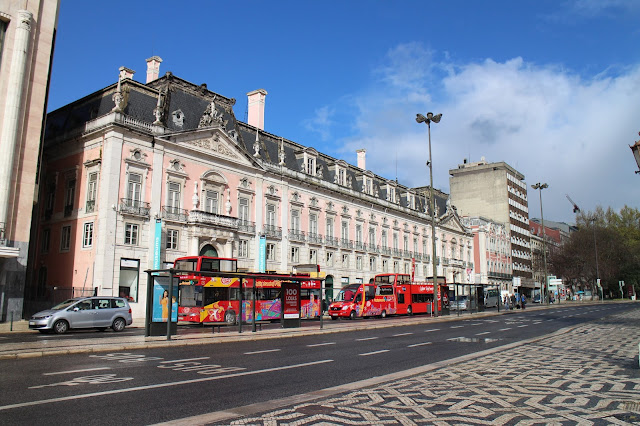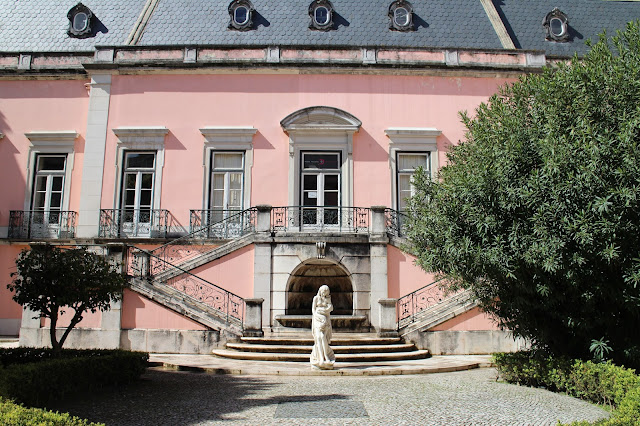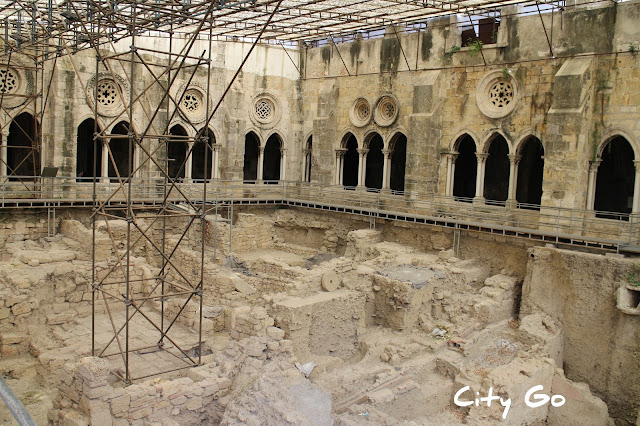Foz Palace, Lisbon, Portugal
The Foz Palace, originally known as Castelo Melhor Palace, was built in the 18th century after the old palace of the Marquis of Castelo Melhor was destroyed by the 1755 earthquake.The construction of the palace was suspended when the Marquis died and was only resumed a few decades later, in 1846. It was finally concluded in 1858. However, the family didn't live in the palace for long as it was sold to Tristão Guedes, later Marquis of Foz, after whom the palace is named.
Tristão Guedes ordered a substantial renovation of the building, inspired by the 18th-century French architecture. From this period there are the famous Louis XIV style staircase, the Louis XV style hall of mirrors, decorated by a well known Portuguese painter, Columbano Bordalo Pinheiro (unfortunately one of his poorest works, dubbed the infanticide of painting), a Louis XVI style room decorated by another famous Portuguese painter, Jose Malhoa.
The Marquis of Foz eventually went bankrupt and the palace and its contents were sold at a public auction. The Palace was then rented to a number of commercial establishments, including Maxim's, a cabaret and illegal casino, Pastelaria Foz (a pastry), the head office of Sporting Club Portugal and the famous restaurant Abadia (Abbey). This restaurant was in the basement and was used by the "Clube dos Macavencos" for their secret meetings, inspired in the Masonry. It's decorated with a neo-gothic and neo-manueline style scenery filled with symbolic and esoteric elements, including the sixteen effigies of the Macavencos. These meetings even resulted in a book, written by one of the Macavencos, Francisco Grandella, titled "Memórias e Livro de Receitas dos Macavencos" (The memories and recipe book of the Macavencos).
In the 1940s the Palace was acquired by the State and used by the dictatorial regime known as Estado Novo. There's a black square in the garden where a statue of Oliveira Salazar (political leader during the Estado Novo) used to be and that could be seen from the street.
Today the palace houses a police station, the National Sports Museum, located in the former library, the Junior Cinematheque, and a Tourism Office. Occasionally there are music recitals in the Hall of Mirrors, some of which free of charge (check the Palace's website).
How to visit: The Palace can only be visited through a guided tour, which can be scheduled through these contacts- reservaspalaciofoz@sg.pcm.gov.pt or (00351) 213221200. Each visit has a cost of €40 and can include a maximum of 20 visitors (no minimum).
How to go: Metro station- Restauradores.


































Comments
Post a Comment